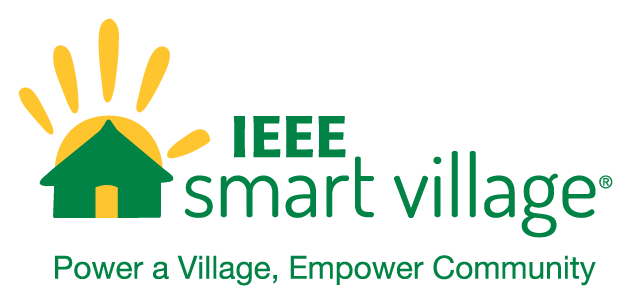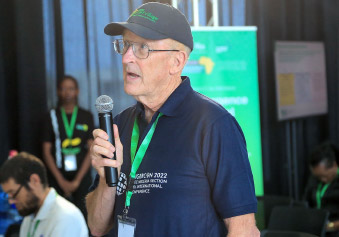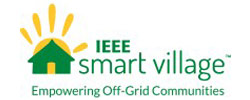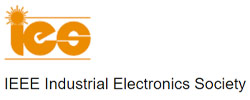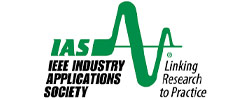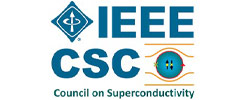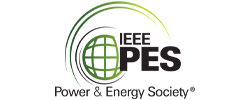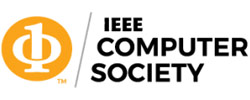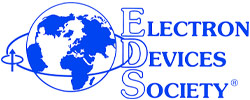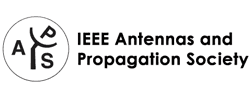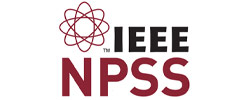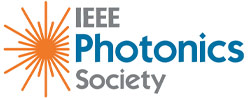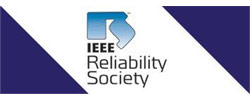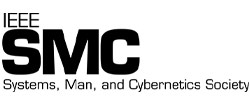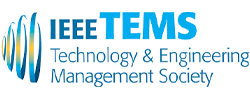EMPOWER: Vol 3. Issue 4 – September/October 2022
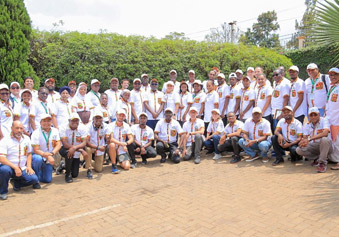
IEEE Smart Village Leadership, Developers, and Volunteers Converged in Rwanda
The week starting August 21, 2022 was filled with numerous activities in Kigali, Rwanda, as the city of 1000 hills served as home for the leadership, developers, and volunteers of the Institute of Electrical and Electronics Engineers (IEEE) Smart Village (ISV) from around the world for250+ delegates that attended the power Africa Conference in the city. About 70% of the conference participants were of African descent, 15% were from the United States, and 15% from other parts of the world.
Over 59 ISV delegates were supported by the ISV leadership as a tradition to bring various stakeholders involved in developing communities globally. This was to aid interaction, sharing of updates, and experiences on various impactful and meaningful funded projects being executed around the globe.
The energy, passion, and mode of engagement this year were special after COVID forced the conference into a virtual conference for two years consecutively. Several in-person activities were carried out to further reinforce the relationship and opportunities for new partnerships to get the program going around the globe. Power Africa was last held as a virtual conference in Nairobi, Kenya as the 9th edition of the conference that joined the list of successful conferences with 26 IEEE Smart Village (ISV) sessions, 9 keynote addresses, 170 technical papers presentations, and more than 300 virtual participants.
The 10th edition started with 3 full-day tutorials at the higher-education centers of excellence in teaching and research: the University of Rwanda and subsequent days of the conference were held at the Carnegie Mellon University of Africa, Kigali. ISV held 24 sessions for developers, 7 leadership sessions, and 8 sessions from invited experts. A panel session with panelists from representatives of ISV leadership, developers, and the regional working groups featured for the first time at the Power Africa Conference to educate the community on the future direction of ISV and where it ought to be titled: “ISV 101 – the present and the future”. This session was moderated by the senior program manager of ISV, Mike Wilson. The official closing ceremony was held on Thursday, 28th August, and the official handover of the banner to the next host of the Power Africa Conference, Morocco was held.
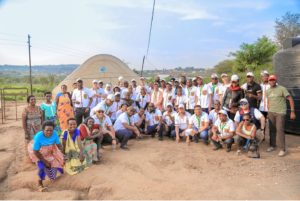
ISV team visit to Village in Rwanda, Kigali.
The technical and cultural tour was held on Friday as in previous editions. Participants had the opportunity to select the tour of their choice. Zipline and Kigali genocide memorial were some of the options delegates selected from. Midday lunch was at the city center, as delegates interacted with the opportunity to do shopping. The ISV special dinner and award ceremony was held at The Hut in the city center where developers, volunteers, and leadership were awarded for outstanding performance. Prof. Morgan Kiani, Mike Wilson, Renee Wilson, and Bai Blyden helped with the presentation of awards to exceptional volunteers and developers. The awardees for the Excellence in Leadership award for the year 2022 are John Nelson, President of ISV, Abdullateef Aliyu, Chair of the Africa Working Group, Mario Aleman, Chair of the Latin America Working Group, and David KamKam, Chair of the Project Development Committee (PDC).
A special trip to Kanazi a remote village in Rwanda was carried out on Saturday and organized by one of the ISV developers Monica L. Brown the CEO and founder of Africa Development Promise (ADP). About 55 delegates traveled in buses to the location and had the opportunity to visit the Kanazi greenhouse managed by women empowered by a cooperative managed by ADP. The women grew special farm produces with effective use of energy. This visit demonstrated how funded projects impact a whole community and transform lives.
The organizers are keen to meet again in Morocco in October/November 2023, at the new location of the next Power Africa Conference, and all are invited. The ISV community can be joined by visiting the official website at https://smartvillage.ieee.org/
Article contribution by: Abdullateef Aliyu
The President’s Message: Power Africa Conference 2022 Comments
The IEEE Smart Village (ISV) Mission is to integrate sustainable electricity, educational opportunities, and entrepreneurial solutions to empower off-grid communities. IEEE Smart Village’s vision is a world where all people enjoy equal access to electricity and education to grow opportunities and leverage change for themselves and others. The ISV mission and vision were brought into focus during the August 22-27, 2022, Power Africa Conference held in Kigali, Rwanda. Many of the ISV developers and volunteers were present at PAC22, most of whom gave excellent presentations on ISV projects, issues, concerns, and successes.
The conference was extremely successful and the ISV sessions were well run. Many thanks go to all of the volunteers, the African Working Group, Abdulateef and Mike Wilson for all of their hard work.
Lightning Tutorial: One of the early highlights of the conference was the lightning tutorial presented Monday afternoon by Dr. Robert Durham. Lightning damage is a major issue in central Africa due to the high incidence of lightning there as well as lightning issues and elsewhere in Africa and the rest of the world. The Smart Lighting Panel was another highlight of the conference where four panelists and a moderator discussed a new IEEE Smart Lighting Program that is being developed within the IEEE Future Development Committee as a new IEEE Program. Headed by Professor Zisiss, past IAS President, the importance of lighting in Africa and need to provide smart and efficient lighting opportunities in Africa and the rest of the world were discussed.
I had the opportunity and pleasure to participate in a TV interview 360°: Energy Sector || Achieving Affordable Energy (https://youtu.be/DRy8boUUpW8 ) where Engr Silas and I were interviewed live on national television. We had the opportunity to discuss electrical energy needs in Africa. We discussed the bottom-up approach as promoted by ISV as well as the top down from the electric utilities. It is important for African communities to use both approaches when providing power to those presently who have little or no access to electricity. Climate change issues were discussed in different sessions including one presentation by IAS President Wei-Jen Lee on IEEE’s involvement with climate change issues. I gave a presentation on Climate Change Issues and how they may affect Africa, which was well received, and set up a possible follow-up session and debate at PAC23 on climate change issues.
We now are entering into the planning phases of Power Africa 2023 (PAC 23) which will be held Marrakesh, Morocco in the October/November 2023 time frame. The later date is to avoid the extreme heat that normally occurs during August. First, I want to invite everyone on the Empower Newsletter mailing list to attend PAC 23. It is a great opportunity to meet ISV volunteers and others from around the world, and especially from many of the 54 African countries. While PAC 23 planning is still taking place, there are a number of areas that ISV would like to continue supporting legacy programs as well as some new ones. Input from Empower Newsletter reader is encouraged. In my position as president of ISV, I would like to propose the following content for PAC 23:
- IEEE Smart Village Papers – Historically, ISV volunteers have made a large number of presentations over the years on varied subjects such as project updates, issues and successes as well as other topics such as entrepreneurship, business plans and other educational topics. Starting PAC 23, ISV is going to encourage the writing, presenting, and publishing of IEEE ISV papers which will be included in IEEEXplore. This will then provide a record of the presentations which will provide reference and historical record of each presentation.
- IEEE Smart Village Sponsored Tutorials – ISV proposed through its Safety, Reliability, Standards and Quality Committee the highly successful Lightning Tutorial at PAC 23. ISV subject matter tutorials will be proposed and, hopefully, presented at PAC 23.
- Safety and Standards – It is proposed that one or more sessions will be devoted to safety in general, electrical safety and standards.
- IEEE Smart Lighting – A continuation of the IEEE Smart Lighting discussion is proposed for PAC 23 as lighting is key to developing villages and communities within Africa.
- Climate Change Debate – Several presentations were made at PAC 22 covering Climate Change topics. My PAC 22 presentation discussed some of the controversial aspects of present climate change claims as related to Africa. The response to that presentation was quite good with a proposal that additional climate change presentations be made at PAC 23 with differing opinions.
In conclusion, the Power Africa Conference 2022 was highly successful. Much of the same format will take place at PAC 23 with, hopefully, a number of new opportunities. Plan now to volunteer to support PAC 23 and above all, plan to attend PAC 23. I hope to see each of you in Marrakesh. Morocco.
Thank you for your support,
John P. Nelson, P.E.
President, IEEE Smart Village
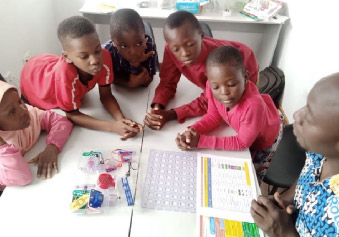
IEEE Smart Village (ISV) takes STEM Education to Remote Communities
As part of the 4th International flagship conference of IEEE Nigeria Section, NIGERCON 2022 held in Nile University, Abuja, Nigeria, ISV sponsored a STEM workshop on Autonomous Vvehicles in collaboration with VertSTEM, a non-profit organization founded by an ISV volunteer, Mistura Muibi-Tijani. The workshop provided a full day of training for STEM teachers and students from selected colleges in Abuja to learn about self-driving cars. Six schools were represented by 5 students each accompanied by 2 staff from the colleges.
One of the ‘E’ amongst the triple E’s in the three pillars of the Institute of Electrical and Electronics Engineers (IEEE) Smart Village (ISV) is Education, the other two being Energy and Enterprise. ISV takes the Education pillar as one of the major components of transforming communities.
ISV aims to increase Science, Technology, Engineering, and Mathematics (STEM) education in remote communities in Sub-Saharan Africa and Latin America, volunteers and developers from ISV community have taken up the challenge to dedicate free time to reach out to some communities to provide STEM education workshops to students in some remote locations.
As part of the 4th International flagship conference of IEEE Nigeria Section, NIGERCON 2022 held in Nile University, Abuja Nigeria, ISV sponsored a STEM workshop on Autonomous Vehicles in collaboration with VertSTEM, a non- profit organization founded by an ISV volunteer, Mistura Muibi-Tijani. The workshop provided a full day of training for STEM teachers and students from selected colleges in Abuja to learn about self-driving cars. Six schools were represented by 5 students each accompanied by 2 staff from the colleges.
With the support of Fernando Guarin, Chair of the ISV Governing Board, and Rajan Kapur, Senior Vice President of ISV, snap kits circuit boards provided by IEEE Electron Devices Society (EDS) were shipped to various remote locations within Africa and Latin America. These snap kits have various electronic components ranging from diodes, resistors, capacitors, switches, and other electrical components used for assembling various projects for students.

Fig1: Bootcamp at ONE Innovation Hub, Offa.
Using the kits shipped to one of the remote locations in Nigeria, ONE Innovation Hub located in Offa town in Kwara state carried out a bootcamp for primary school pupils while on holiday using the snap kit circuits provided by the Africa Working Group (AWG).
The ease of building a circuit without soldering components makes it fun to quickly assemble a circuit. These pupils ranging from age of 5-7 years were taught about building lighting circuits, fire alarm systems, metal detectors, and a lot more. The kids were excited that building circuits are not complex despite their ages. They were excited and aspiring to be engineers.
Additional circuits were shared amongst various developers that attended the Power Africa Conference in Kigali, Rwanda in August 2022 for their respective locations. The target was to reach out to several remote locations within Africa and beyond with the kits to teach the age prospective engineers about engineering at a young age.
Article contribution by:
Abdullateef Aliyu
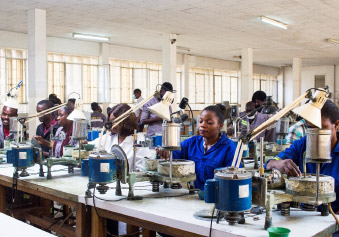
Gemstones to Electric Infrastructure in Zambia
The project involves a lapidary school in Zambia that has partnered with Kuumba Zed to provide women an opportunity to become gainfully employed after graduation in the gemstone cutting and polishing trade. Historically, the trade has been male-dominated, and many female graduates cannot find jobs, thus returning to their villages either underemployed or unemployed.
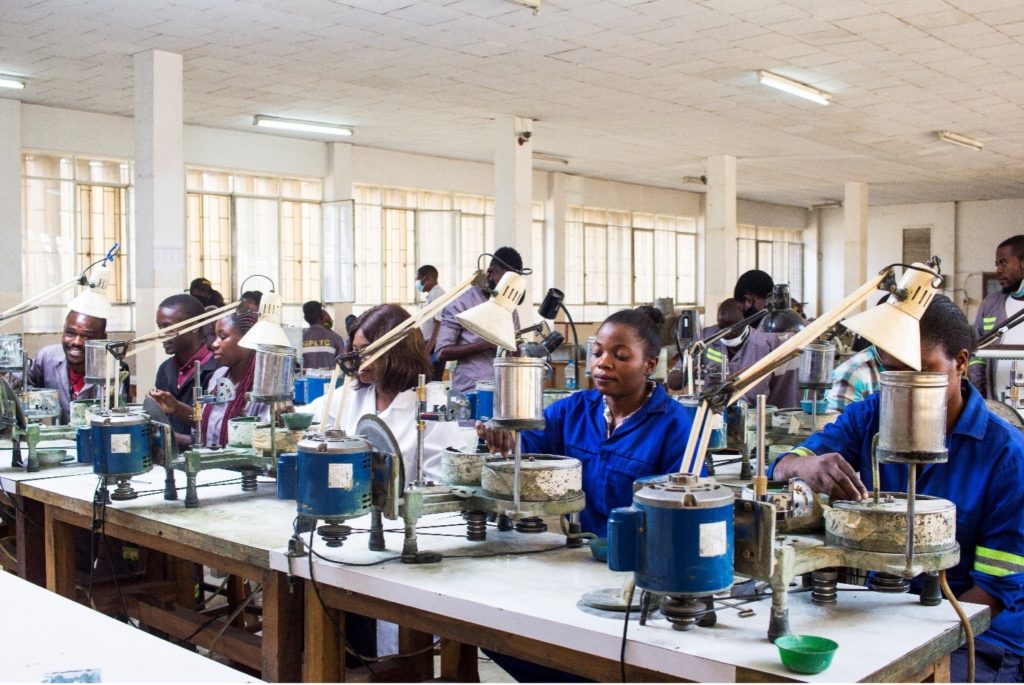
Kuumba Zed women in the workshop cutting gemstones
This article focuses on a unique project, Kuumba Smart Vision – Zambia (Kuumba Zed), a woman-owned business employing young women, students, and graduates in gemstone cutting and polishing. The project involves a lapidary school in Zambia that has partnered with Kuumba Zed to provide women an opportunity to become gainfully employed after graduation in the gemstone cutting and polishing trade. Historically, the trade has been male-dominated, and many female graduates cannot find jobs, thus returning to their villages either underemployed or unemployed.
The high-margin business like cutting and polishing gemstones require a highly reliable electricity supply; otherwise, production is shut down, and valuable revenue is lost making it difficult to financially operate. Secondly, in the future, gemstone cutting and polishing stations are expected to be located in off-grid villages to provide employment, especially to the women who have traditionally not been employed by the mining industry. Thirdly, the profits from the sale of gemstones, after paying the cutters and polishers a fair wage, are intended to be invested in the infrastructure in their villages. This infrastructure will hopefully create a village where people have access to electricity, internet, water, sanitation, healthcare, housing, transportation, education, jobs, and entrepreneurship.
To explain the Kuumba Zed gemstone cutting and polishing story, this article will cover John Nelson’s, President of IEEE Smart Village, interview with Kanekwa Kachinga, Chief Executive Officer of Kuumba Zed, and Steve Szablya, a volunteer consultant on this program.
Nelson: Welcome Steve and Kanekwa. Kanekwa, can you provide the readers with your background. How did you become interested in IEEE Smart Village, and later became the CEO of Kuumba Zed?
Kachinga: Being a double orphan at an early age motivated me to constantly make it easier for the less privileged in society, as I could see and face the impact of being deprived of some things because of my status. The motivation made me acquire a degree in journalism and political science. Upon completion, I was employed by the State Media Agency, where I mainly worked with rural communities and government departments. I later joined telecommunication company in South America, Ecuador. When I came back to Zambia, Steve introduced me to some old crazy but wise men, Robin Podmore, Steve Szablya, Rajan Kapur, and you, John. That’s how I came to know about IEEE Smart Village. The organization intrigued me as I saw its impact on the underprivileged through electricity, education, and enterprise.
I became the CEO of Kuumba Zed because IEEE Smart Village needed a superwoman to clinch a deal with Kariba Minerals Limited (KML). But seriously, the whole idea of Kuumba Zed fell into my dream of having an organization that would empower women in a male-dominated industry. I believe that once a woman is given an opportunity, she will do it three times better than a man because she is thinking of others.
Nelson: Steve, please introduce yourself to the readers by providing your background and your association with Kuumba Zed.
Szablya: I have known Kanewka since she was an undergraduate at the University of Zambia (UNZA). I am now a volunteer consultant helping advise the organization in Zambia. I am a professional electrical engineer with 40 years of experience in various industries and have been doing sustainable development projects in Africa for 18 years and Zambia since 2007. After installing several renewable off-grid installations in Africa, I cofounded a non-profit organization, Kilowatts for Humanity (KWH), with the mission to improve people’s lives by providing access to renewable electricity and fostering the development of sustainable businesses.
Nelson: Kanekwa, please explain the agreement with the lapidary school in Ndola, Zambia.
Kachinga: We signed a memorandum of understanding last June with the Gemstone Lapidary and Processing Training Centre (GLPTC), located in the Copperbelt Province, Ndola District of Zambia. With some individual generous donors, Kuumba Zed has been able to revamp the equipment at the institution for hands-on training. We improved the student to machine ratio from 4:1 to 2:1.
GLPTC has given Kuumba Zed permanent access to a twelve-room building, which we have now renovated for our commercial operations.
Nelson: Please explain the other partnerships that you have built in Zambia.
Kachinga: We have an agreement with the Zambian Ministry of Education to work with the GLPTC in Ndola. We have the same goals: empower women, add value to raw gemstone material, create employment and increase revenue for the country.
We also have an agreement with Kariba Minerals Ltd (KML). KML is partially owned by the government and is the largest producer of the finest amethyst in Africa. KML will supply gemstones starting with amethysts as well as more valuable gemstones for students to train on. The agreement also gives Kuumba Zed access to raw gemstones with the highest quality and integrity.
We have also partnered with FQM, a copper mining and processing company, to beautify their jewelry with our cut and polished pieces.
To appreciate our traditional leaders for their support in offering their land for development, we are giving them breastplates made out of copper with some gemstones.
Nelson: What is the electrical relevance of working with KML?
Kachinga: When we started this project, KML was looking for IEEE Smart Village to advise on a mini grid with PV and diesel to serve the local staff housing as well as the stone crushing and washing plants. All the large-scale mining machines shown in Figure 2 are diesel based. There is also a huge opportunity to convert these to zero carbon based electric machines.
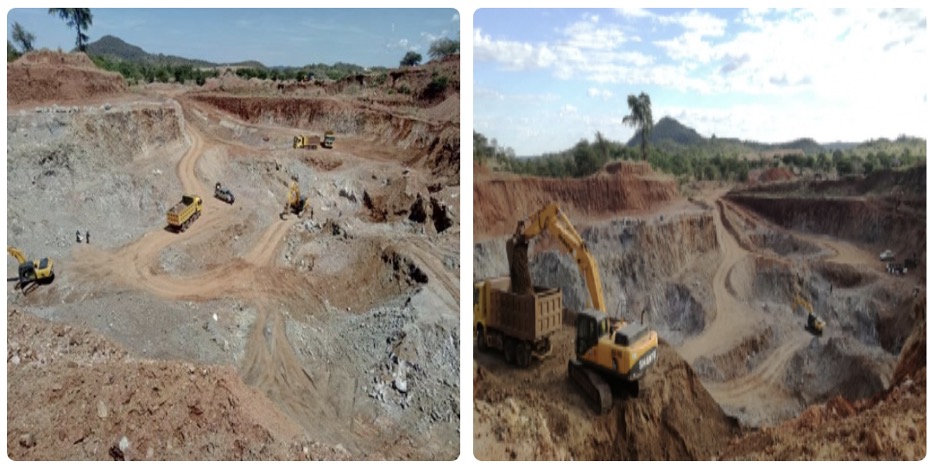
The Kariba Minerals Ltd. mining operation at Mapatizya is mechanized. Bulldozers and excavators are used to strip, excavate, and expose the amethyst veins. The veins are then mined selectively by pick and shovel.
Nelson: Steve, can you describe how your solar design will supplement the intermittent grid power at GLPTC.
Szablya: The main goal of the PV system being installed at GLTPC is for near 100% cutting equipment utilization to keep the graduated apprentices working. The uptime of the faceting machines is essential to give students and apprentices time on the equipment and stay continuously productive.
The training center has daily rolling loadshedding outages. The proposed system is based on a goal of 8 a.m. to 8 p.m. operating hours. The average day time power outage is about four hours. In this case, the system will operate until 8 p.m. If the day time outage is longer, the evening hours of operation will be reduced. The system works in tandem with the grid, providing a more robust and reliable design. This is much more cost-effective than installing an islanded system.
Nelson: I understand that Kuumba Zed will be building container-based lapidaries so the gemstone cutters can continue their craft when they return to their village. Please describe how this will work.
Szablya: The forty feet cargo containers will be able to support five cutting and polishing stations with power and water supply. When graduates return to their village, they will have a shop ready to cut and polish gemstones. Students will also be trained on solar power installation and maintenance, business skills, in addition to their skills learned in the gemstone school.
KWH has installed several systems, but the kiosk-style shown in Figure 3 is the most popular and effective for rural areas where the homes are not close together. The kiosk serves several purposes: providing energy for phone charging, refrigeration, freezing, a convenience store, and a community gathering place. The kiosk system is designed to fit the load, usually between 3 and 5 kW. The newest designs use Lithium Iron Phosphate (LiFePO) batteries.
KWH has built larger kiosk-based business centers with several rooms, and businesses operate in each room. In this case, the “Kiosk Manager” runs the convenience store, owns the system, and is responsible for collecting energy charges from the remaining tenants for the operation and maintenance of the system.
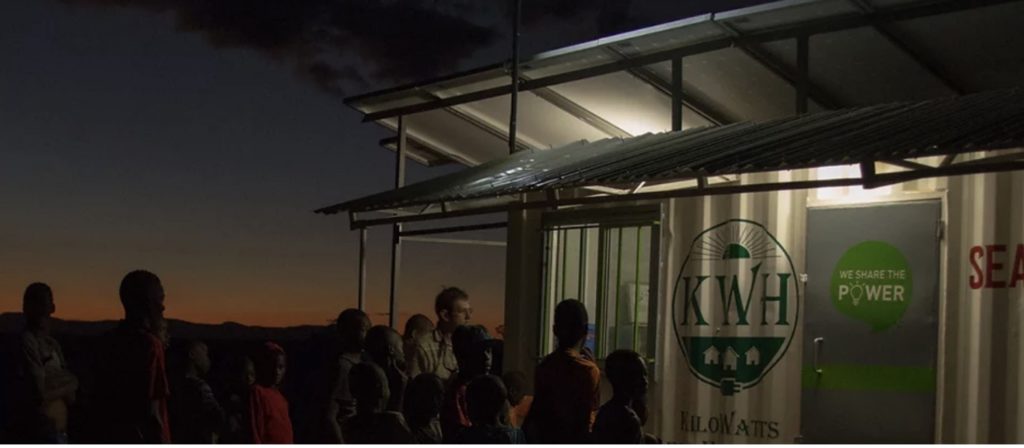
The Kilowatts for Humanity container-based solar kiosks will be adapted to create secure, clean, temperature-controlled, airy work spaces for stone cutting and polishing in off-grid locations
Nelson: Please describe the design of the electrical system for the kiosks.
Szablya: The electrical design for the initial kiosk configuration is shown in Figure 4.
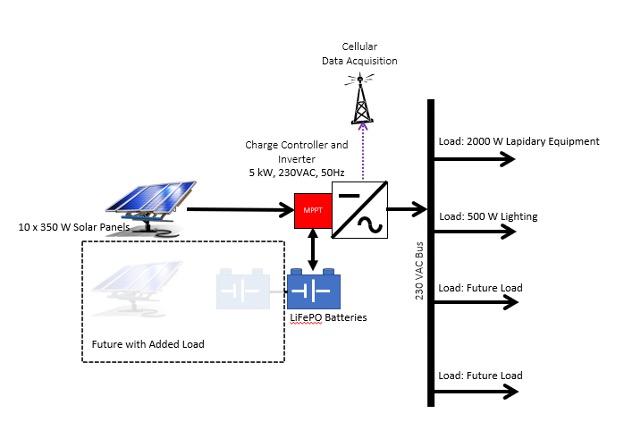
System diagram for gemstone cutting and polishing kiosk
Ten PV panels each with 350 watts capacity are connected to a hybrid inverter.
The AC network is started and energized with the grid forming subsystem of the hybrid inverters that are attached to the battery bank. The grid following subsystem of the hybrid inverters can deliver power directly from the PV panels to the AC network without routing the power through the batteries. The grid following inverter will automatically synchronize the PV panels to the AC network when the circuit breaker is closed. Multiple sets of hybrid grid forming/grid following inverters can be connected in parallel at a single location.
The kiosk will form an anchor load for the village. Over time the 230 VAC network can be extended on distribution lines throughout the village. The design is highly expandable. Other PV generators with grid forming inverters can be connected at various sites.
Nelson: Kanekwa, please explain and discuss plans for the women to tell their story to purchasers of Kuumba cut and polished gemstones.
Kachinga: The industry is believed to be a man’s field. Mining companies have preferred men over women with a belief that such occupations are for men and not women. There is a belief that women are not strong enough to be on the machines for long hours.
We have designed gift cards to tell the stories of our cutters and what the stone means to them. In the future we hope to laser etch an engraving of the names of the women who cut the stone. When one buys a Kuumba Zed stone, they are taking part in telling the story of the inequalities in the gemstone industry and changing the narrative. The electrical relevance of this, is that the women can return to their home villages to establish container-based cutter and polishing businesses powered by off-grid PV based mini-grids. The profits from these businesses can then be used to provide lighting and internet for an entire community.
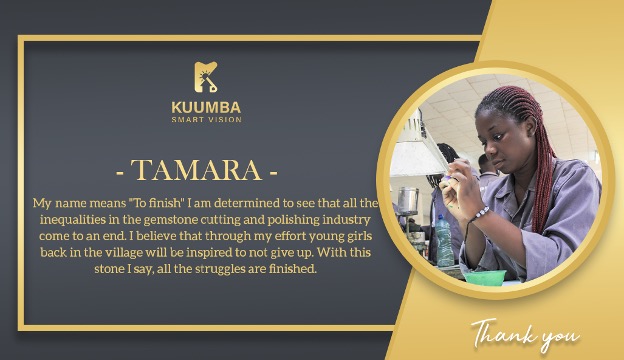
Each beautiful gemstone has a tag with an equally beautiful message on how it will bring hope and livelihood to the cutter and polisher.

First set of amethysts cut and polished by first cadre of Kuumba Zed artists
Nelson: Kanekwa, what has been the greatest challenge for you and Kuumba Zed?
Kachinga: When you start a radically new venture like Kuumba Zed, there are many non-believers. I have found a few great supporters in Zambia and a few great supporters in USA with IEEE Smart Village. Together, they are helping me create a new movement.
Nelson: Kanekwa, what do you see as the greatest accomplishments for Kuumba Zed?
Kachinga: For me, the most significant accomplishment is witnessing GPTLC enrolling 45 girls out of the 93 accepted for the January 2022 intake for the first time. Since its inception, the highest number recorded for girls was 20. The Ministry of Education has attributed the high rate of female application submissions to Kuumba Zed.
I am also excited to see how the revenue and profit from Kuumba Zed will be used to transform many villages in my country as we build the Gemstone Cutting and Polishing Kiosks. If we staff the kiosk with two eight hour shifts of five cutters and polishers, our projections show the we can bring $8 million of new revenue per year into the village. This is sufficient to seed fund other business and infrastructure that are desperately needed to give new opportunity to every person in a village with 10,000 people.
Nelson: Steve, you have been a big part of the development of Kuumba Zed, which has produced results in less than two years. To what do you attribute this success?
Szablya: I have done sustainable development worldwide for more than 18 years. I’m excited because this is my first program that makes a significant impact on people’s livelihoods, especially for the monetary investment of this program. Our main lesson from all of this is that electricity in itself is not enough. You cannot just install village electricity and expect that all of the other community benefits will happen. The success of Kuumba Zed is based upon designing a business model around taking natural resources that already exist in the community, in this case gemstones and labor, and using electricity to create a premium product that can be marketed. The profits from this business can then by used to build all the village infrastructure such as internet, clean water, education, food, housing that we all take for granted in the US.
Summary
The financial support of IEEE Smart Village and other key donors, allowed Kuumba Zed, led by founder and CEO Kanekwa Kachinga, to partner with the Gemstone Processing and Lapidary Training Centre at the Northern Technical College (NORTEC) in Ndola, Zambia. Ms. Kachinga arranged to repair existing cutting and polishing machines and had a contractor refurbish four rooms at the gemstone processing facility. The NORTREC alumni are being hired to cut and polish gemstones for quality products for commercial sale. In turn, the positive relationship with NORTEC led to an introduction to the CEO of Kariba Minerals and then a partnership and memo of understanding with Kariba Minerals Ltd. (KML).
The project demonstrates that Africa has untapped potential in human resources. In this case, a young African woman can work and negotiate at the highest levels of government, industry, academics, and tribal chiefs to build a unique business plan that will benefit all involved. This model can be replicated and scaled with other types of gemstones in other counties and other industries.
For Further Reading
Henry Louie, “Off-Grid Electrical Systems in Developing Countries,” Springer, 2018.
Biographies
Kanekwa Kachinga is with Kuumba Zed, Ndola, Copperbelt Province, Zambia.
Steve Szablya is with Kuumba Smart Vision, Pullman, Washington, 99163, Washington, USA,
John Nelson is with IEEE Smart Village, Evergreen, 80439, Colorado, USA.
Congratulations to the “Meet the Entrepreneurs” PAC 2022 Winners!
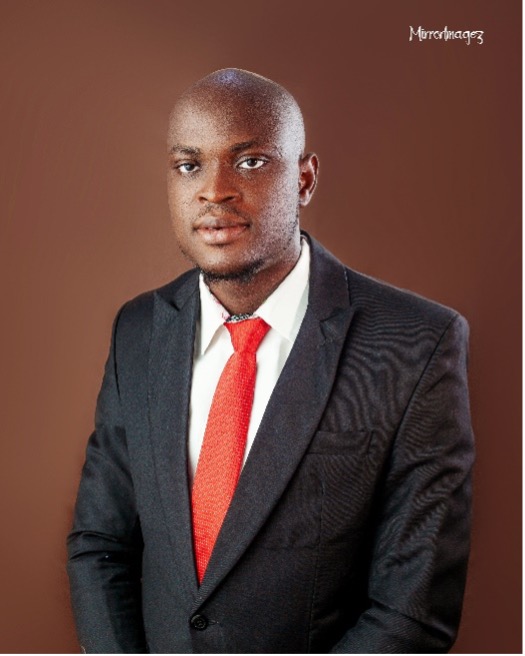
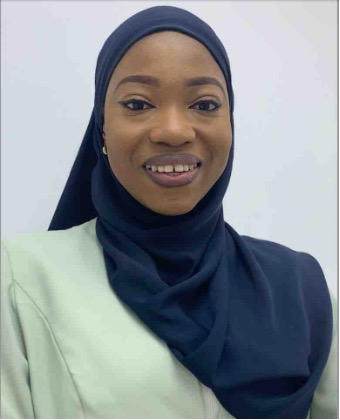
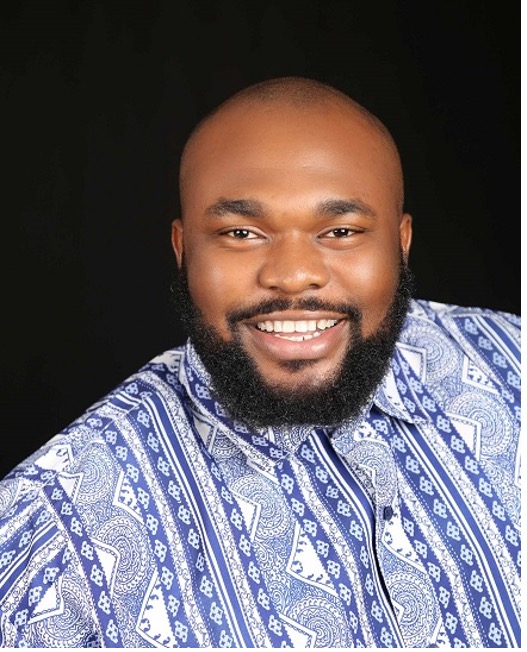
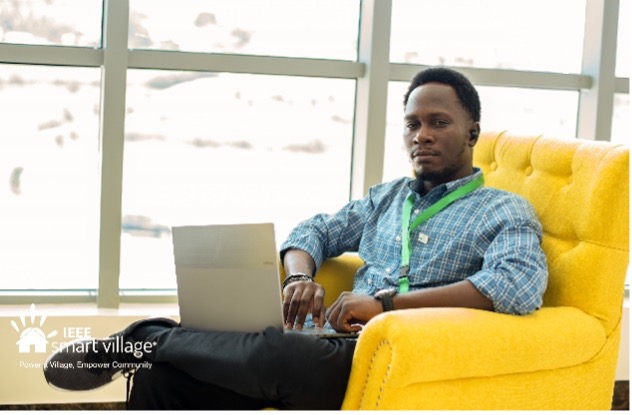
Important links you don’t want to miss!
Not an IEEE Member? Here’s how to join IEEE https://www.ieee.org/membership/join/index.html
Click here to learn more about IEEE membership and special discounts for developing nations and low-income economies at https://www.ieee.org/membership/join/emember-countries.html
For more information about discounts for societies, check out the following link: https://www.ieee.org/communities/societies/index.html
For contributions towards many of such projects in memory of Pat Ryan, visit IEEE Smart Village via the following online page : https://www.ieeefoundation.org/PatrickRyan
